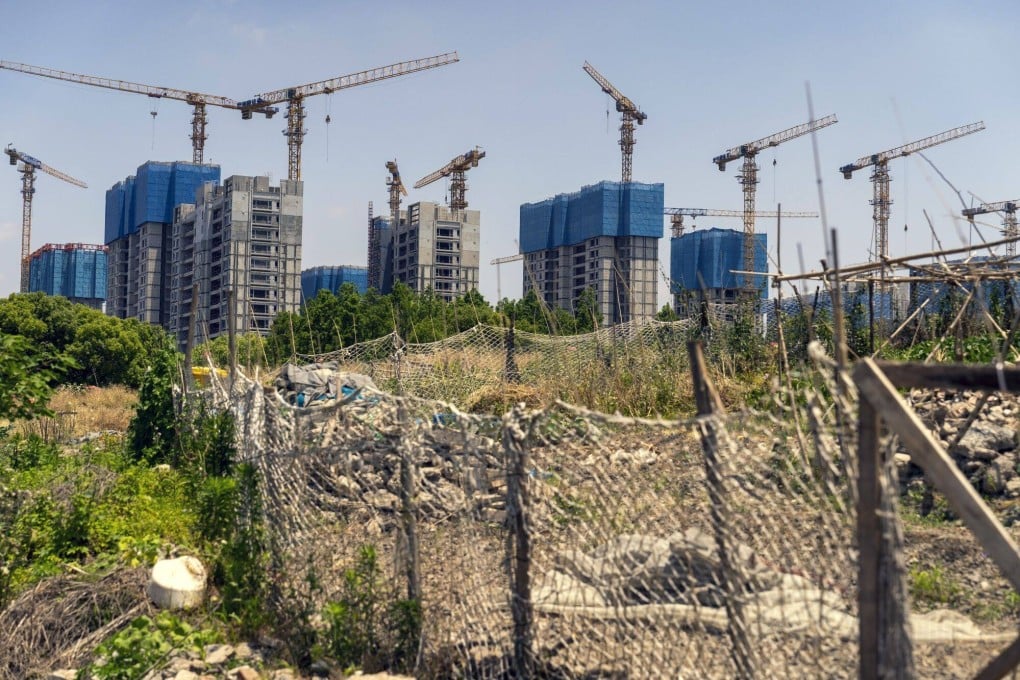China needs to inject US$276 billion into property market to stabilise prices: Goldman Sachs
- The funding need is based on the 20 trillion yuan inventory the US investment bank estimates exists in the 80 mainland Chinese cities it tracks
- ‘So far, the scale of policy support is not sufficient to move the needle’, the bank says

China needs to inject about 2 trillion yuan (US$276 billion) into its crisis-hit property market to mop up some 10 per cent of the housing inventory and stabilise property prices, Goldman Sachs said in a report.
The figure is based on the excess inventory of 20 trillion yuan the investment bank estimates exists in the 80 mainland Chinese cities it tracks.
“So far, the scale of policy support is not sufficient to move the needle but we expect more is on the horizon,” analysts led by Yi Wang wrote in the report on Monday. They were referring to the rescue package unveiled by Chinese authorities last month, including a 300 billion yuan relending facility that allows state-owned enterprises to buy unsold homes.
The People’s Bank of China also removed the national lower limit on mortgage rates, and lowered the down-payment ratio for first-time and second-time buyers. Last month, major Chinese cities including Shanghai, Guangzhou, and Shenzhen, lowered mortgage rates and relaxed home purchase restrictions to lure buyers.
However, it is “yet to translate into higher transaction volumes” despite positive signals in leading indicators such as traffic and property search activities, the US bank said, citing four-week transaction changes in five select big cities. New home sales continued to fall in all of the cities, whereas only two out of five showed an increase in prices in the secondary market.

